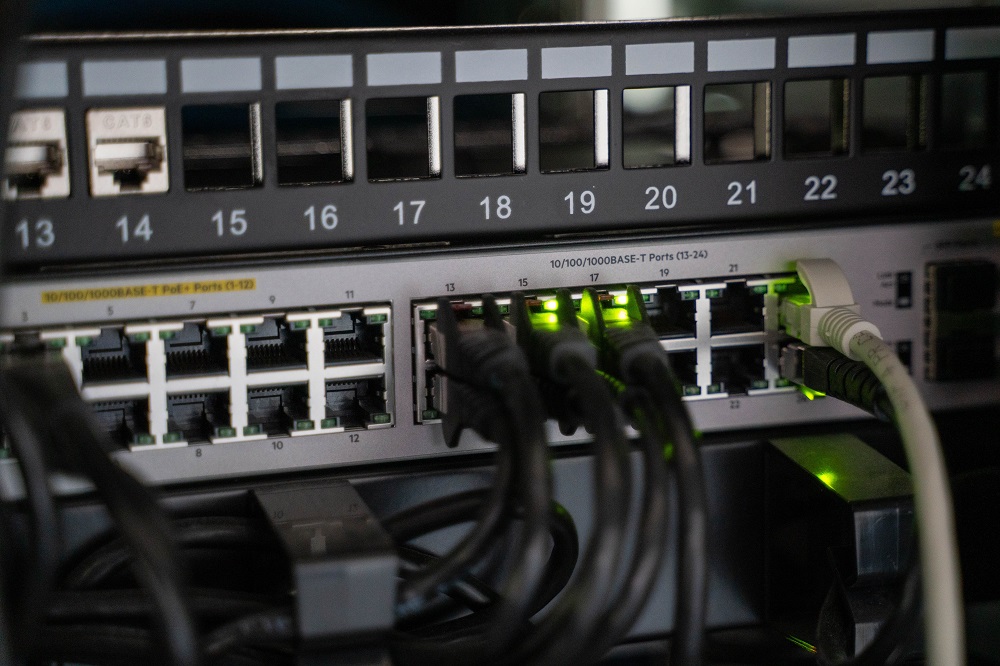- All
- Product Name
- Product Keyword
- Product Model
- Product Summary
- Product Description
- Multi Field Search
Views: 86 Author: Site Editor Publish Time: 2023-12-26 Origin: Site
Transformer terminals are critical components in electrical systems and play an important role in industrial automation. They serve as the interface between the power source and various electrical equipment, providing a safe and reliable connection that ensures smooth and uninterrupted operation. However, as with any electrical equipment, there are potential hazards associated with the use of transformer terminals. This is why safety features are an essential part of transformer terminal design.
The primary safety concern associated with transformer terminals is the risk of electrical shock. This can occur when a person comes into contact with live electrical parts, which can lead to serious injury or even death. To mitigate this risk, transformer terminals are designed with several safety features that help prevent electrical shock.
One important safety feature in transformer terminals is the use of insulation. Insulation is a material that prevents the flow of electricity between conductive materials, such as wires or terminals. Insulation is used in transformer terminals to prevent electrical contact between live parts and other conductive materials that could come into contact with them, such as the user's body.
Another critical safety feature in transformer terminals is overcurrent protection. Overcurrent protection is a safety mechanism that limits the amount of current that can flow through a circuit. This protects the equipment and the user from damage or injury that could result from too much current flowing through the circuit. Overcurrent protection is typically achieved through the use of fuses, circuit breakers, or other protective devices.

Short circuit protection is another essential safety feature in transformer terminals. Short circuits occur when the current in a circuit takes an unintended path, such as when two wires come into contact with each other. This can cause excessive heat and damage to the equipment and can be a fire hazard. Short circuit protection is typically provided by a fuse or circuit breaker, which will interrupt the flow of current in the event of a short circuit.
Ground fault protection is another important safety feature in transformer terminals. Ground faults occur when a current flows from a live conductor to the ground, potentially resulting in electrical shock. Ground fault protection is typically provided by a ground fault circuit interrupter (GFCI), which will detect the flow of current to the ground and interrupt the circuit to prevent electrical shock.
Finally, transformer terminals may also include safety features such as protective covers, warning labels, and lockout/tagout mechanisms. Protective covers can help prevent accidental contact with live electrical parts, while warning labels can alert users to the potential hazards associated with the equipment. Lockout/tagout mechanisms are used to prevent the equipment from being energized during maintenance or repair work, ensuring the safety of maintenance personnel.
In conclusion, safety features are a critical part of transformer terminal design. They help prevent electrical shock, protect the equipment from damage, and ensure the safety of users and maintenance personnel. Transformer terminals should always be designed and installed with safety in mind, and regular inspections and maintenance should be conducted to ensure that safety features are functioning correctly. By taking the appropriate safety precautions, transformer terminals can be used safely and effectively, supporting the efficient operation of electrical systems and industrial automation.
A terminal block is a compact, insulated base with metal contacts that lets you clamp, join, and distribute conductors without soldering. If you’ve ever routed power to a drive, brought sensor leads into a controller, or handed off field wiring to a PCB, you’ve used one. Understanding what is a term
As a Engineer ,It is very important to choose globally recognized premium terminal blocks .these manufacturersas below: Phoenix Contact, WAGO, Weidmüller, Eaton, Molex, Amphenol, Harting, and Shanye Electronics (subsidiary of Kefa Electronics). These industry leaders collectively dominate the $4.6
This article covers the technical features of spring-loaded and push-in terminals, and both the advantages and disadvantages of these technologies when it comes to installation practices, commissioning, footprint and authorisation for the North American market. Why do we need spring terminal block ?
Wiring a terminal block correctly is a fundamental skill in electrical work, ensuring safe and reliable connections. This article will help you to understand the essential steps, from preparing your wires to securing them properly within various terminal block types.ContentWhat are Terminal Blocks?R
What is terminal block ?terminal block, also known as a connection terminal, is a modular block used in electrical and electronics systems to connect and secure electrical wires or cables. It serves as a convenient and organized way to make electrical connections, whether for power distribution, sig
Terminal electronics is the key point at which a conductor from a electronic component, device or network comes to an end.Terminal may also refer to an electrical connector at this endpoint, acting as the reusable interface to a conductor and creating a point where external circuits can be connected